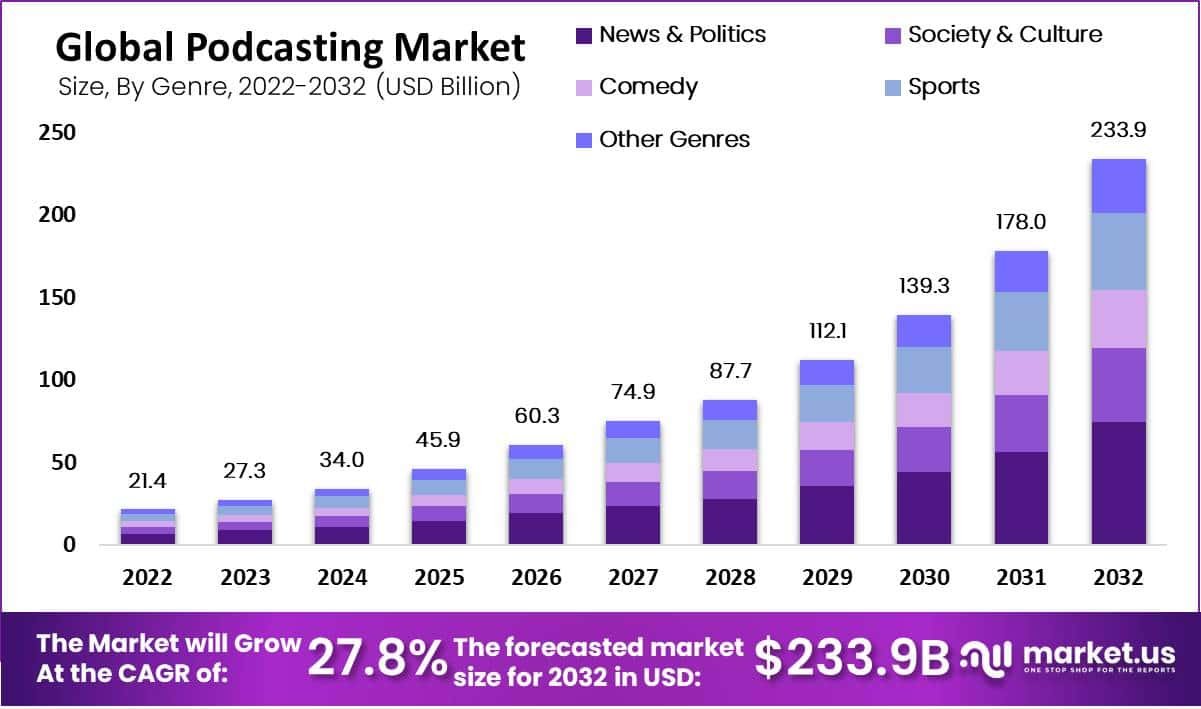How Decision Stress Is Changing Listening Habits
In the early days of podcasting, finding something new to listen to felt like a treasure hunt—there were only a few thousand shows, many of them passion projects, and the process of discovery was part of the appeal. Fast forward to today, and the landscape has changed dramatically. With over five million podcasts and tens of millions of episodes available globally, podcasting has become a saturated marketplace. While this growth is a testament to the medium’s vitality and reach, it also introduces a new challenge for consumers: decision stress.
Decision stress—also known as choice overload—occurs when the sheer number of available options makes it harder, not easier, for people to make a selection. It’s a paradox that has been studied extensively in behavioral psychology and is now increasingly relevant in the world of digital media. In podcasting, this stress manifests in several ways, all of which are beginning to impact how and how often people consume content.
First, discovery fatigue is real. Listeners often find themselves spending more time scrolling through their podcast apps than actually listening. Recommendation algorithms offer some help, but they are far from perfect. Most rely on broad popularity or surface-level metadata, often missing the mark on personal taste or niche interests. As a result, many listeners default to what’s familiar: they stick to a handful of known shows or replay old favorites rather than venture into the overwhelming unknown.
Second, the abundance of choices can lead to a kind of passive disengagement. Much like the phenomenon on streaming platforms where viewers endlessly browse without watching anything, podcast listeners can fall into a similar rut. When faced with too many equally appealing options, people may simply opt out altogether—choosing silence, music, or another medium that requires less cognitive effort.
This dynamic is particularly notable among casual listeners. Heavy podcast users may still enjoy the hunt for new voices and ideas, but occasional listeners—who could represent significant growth potential for the industry—are often the ones most affected by decision stress. If finding something to listen to feels like a chore, these users are less likely to form regular habits.
Podcast creators and platforms are beginning to take notice. Some are curating more tightly defined playlists or “starter packs” to guide listeners. Others are experimenting with short-form podcast discovery tools, akin to social media reels, that offer quick, swipeable previews of full-length episodes. These efforts are designed to reduce friction and simplify the decision-making process.
Ultimately, the problem isn’t the quantity of content—it’s the lack of reliable, personalized pathways through it. As podcasting continues to mature, solving the challenge of decision stress will be key to sustaining and expanding its audience. Listeners don’t need more choices; they need better ones. And more than anything, they need help navigating the noise.
In the age of abundance, curation is king. The platforms and creators that can master the art of thoughtful, intuitive recommendation will be the ones that define podcasting’s next chapter.



